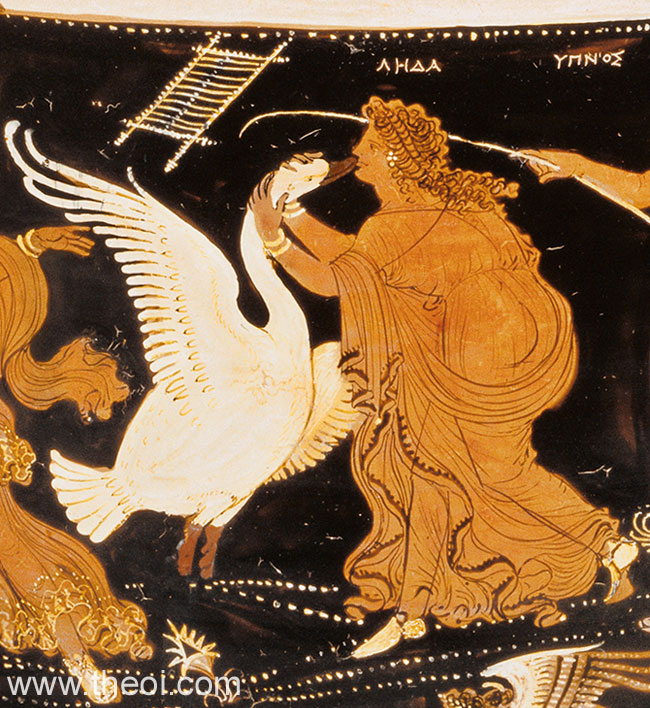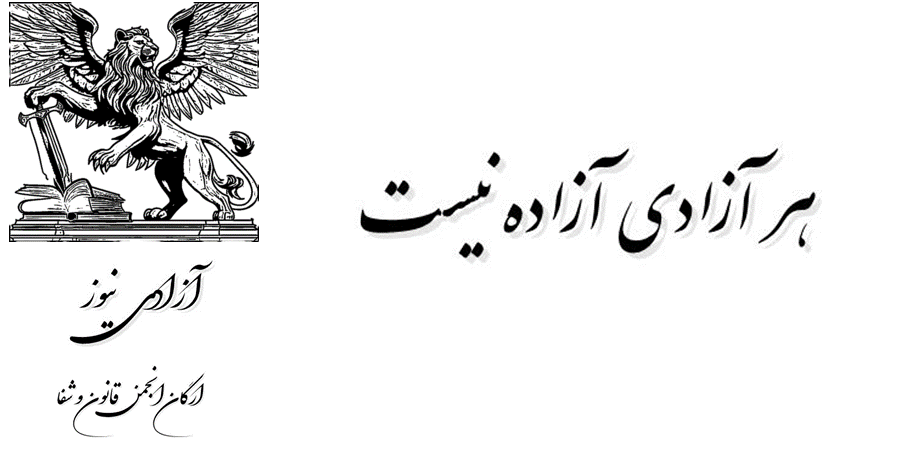Direct translation from Persian article: پروژه لاشخور و همای سعادت ایرانیان
By: Dr. Amirali R. Davoudpour
n recent days, videos of a rare vulture have been circulating on social media platforms, including Radio Farda and Voice of America, referred to as “Homa” in Persian mythology. The vulture, as a beautiful creature, is one of the rare beings of Iranian ecosystem and is a member of Iran’s biodiversity heritage, whose preservanse is the duty of every Iranian.
However, the protection of the spiritual heritage of Iranians may not be the duty of every Iranian but the spiritual duty of those who perceive or attained the two realities: the first reality is the importance of understanding the concept of time and place, and the second reality is the importance of understanding norms.
Regarding the first reality, it should be noted that finding a vulture perched on top of the deceased during the occurrence of genocide in the Middle East is not necessarily an appropriate place and time for declaring the divine happiness of a nation. The universe must avoid such mistakes. According to Herodotus, after the great Persian king Xerxes built a bridge to invade Greece, the sea waves destroyed the bridge, thwarting his first attack on Greece. Xerxes then ordered the sea to be whipped as a punishment. This whipping of the sea represented an understanding of norms and the behavior of the universe, meaning Xerxes had wise advisors who recommended him to fight against the universe. In etymology, the transformation of the name “Xerxes کرکس” to “vulture,” which is a scavenger bird (again emphasizing that Iran’s ecosystem must be purified from pollutants and the real threats and protected), is a kind of linguistic abnormality in Persian language, called “ghalb” (reversal). This reversal in speech, behavior, and good thinking also manifests itself, and its result is not the greatness and grandeur of the nation, but it indicates that the time and national norms of Iranians, although ancient, are not predominant but are dominated.
“Homa” is a mythical being and one of the cultural heritages of Iranians, which has no resemblance to scavenging and corpse-eating. One should ask oneself if it exists and seeks the happiness of Iranians among the scavengers; one must look to the sky whenever scavenging approaches. The name “Homa” is a common name among Iranians, and if “Homa” means scavenging and corpse-eating, it also implies a type of abnormality. Ancient Zoroastrians used to prevent contamination of the earth by dissolving dead bodies with acid or a similar solution and then placed the remains on mountains to be decomposed by native creatures, including scavengers like vultures and crows. This practice also existed among Tibetan Buddhists and is depicted in the film “Kundun” directed by Martin Scorsese in 1997.

However, it can be said that the happiness “Homa” that appears during genocide is indeed scavenging, but the happiness of the virtuous “Homa” is another matter. On the other hand, the Facebook page of Apadana Iranology Foundation has cursed us (protesters) and stated that we do not have the sight to see the happiness of “Homa” and referred to a saying from Saadi.
“Homa is above all birds of prey
Who feed on bones and do not need animals”
Below this verse from Saadi’s “Boostan,” a reference is made to the black-eared (Jackal) that catches prey. When the wayfarer (read: expert) falls into the realm of truth, eating the leftovers of others is not the art of happiness, and those who consider scavenging as a state of happiness do not come to the realm of knowledge. Understanding the happiness of “Homa” requires not literary knowledge (rhetorical and grammatical) or zoology but recognizing the ancientness and authenticity as well as the wisdom of ancient Iranians to distinguish the phoenix of the festival from the ancient phoenix.
“The zenith of happiness falls into our trap
If you pass by our station” Hafez-e-Shirazi
But the interesting point and the special news coverage are by the media that ignore more important news than understanding vultures and the waiver of tuition fees at an American university and do not mention important matters(refer to 2). The bird Zeus, the Roman god, can impregnate virgins (such as Leda) (and play the role of Jesus Christ’s father in the Bible) in various forms, but the role of the bird on the flag of America, Germany, Albania, and ancient Roman satellite countries. However, the happiness of Iranians, “Homa,” celebrates on top of a corpse with a group of crows. This symbol indicates the depth of spiritual teachings and doctrines among people who consider themselves heirs to one of the oldest and wisest nations in the world.
“Who says look at several sheets
Turn the sheet and see the truth” (Razi al-Din Artimani)
In general, lamassus, such as mythical creatures like Dal , are historical guardians of a nation, including the lion and sun of Iran, and Lions of Dal which symbolized a lamassu and the pillars of Persepolis , symbolizing spiritually a lamassu or historiography and protection of a nation’s spirituality. We are a nation whose lamassus have been looted in American and European museums, and we ourselves go from one side to the other in pursuit of happiness (read: “Homa”). If we do not seek and strive in this migration and nature, we will perish.
- پلهای موقت خشایارشاه و تازیانه زدن دریا ↩︎
- مهندسی اخبار و تحقیر معنوی خاورمیانه ای – آزادی نیوز 2024 ↩︎
- در ادبیات آمده است که زئوس به اشکال مختلف از جمله عقاب میتواند تجلی یابد ↩︎
- https://www.theoi.com/Olympios/ZeusLoves3.html ↩︎
- باردار کردن باکره کالیستو بوسیله زئوس* ↩︎
- https://en.wikipedia.org/wiki/Lamassu ↩︎
Translated by: OpenAI. (2024). ChatGPT (3.5) [Large language model]. https://chat.openai.com with manual modifications

